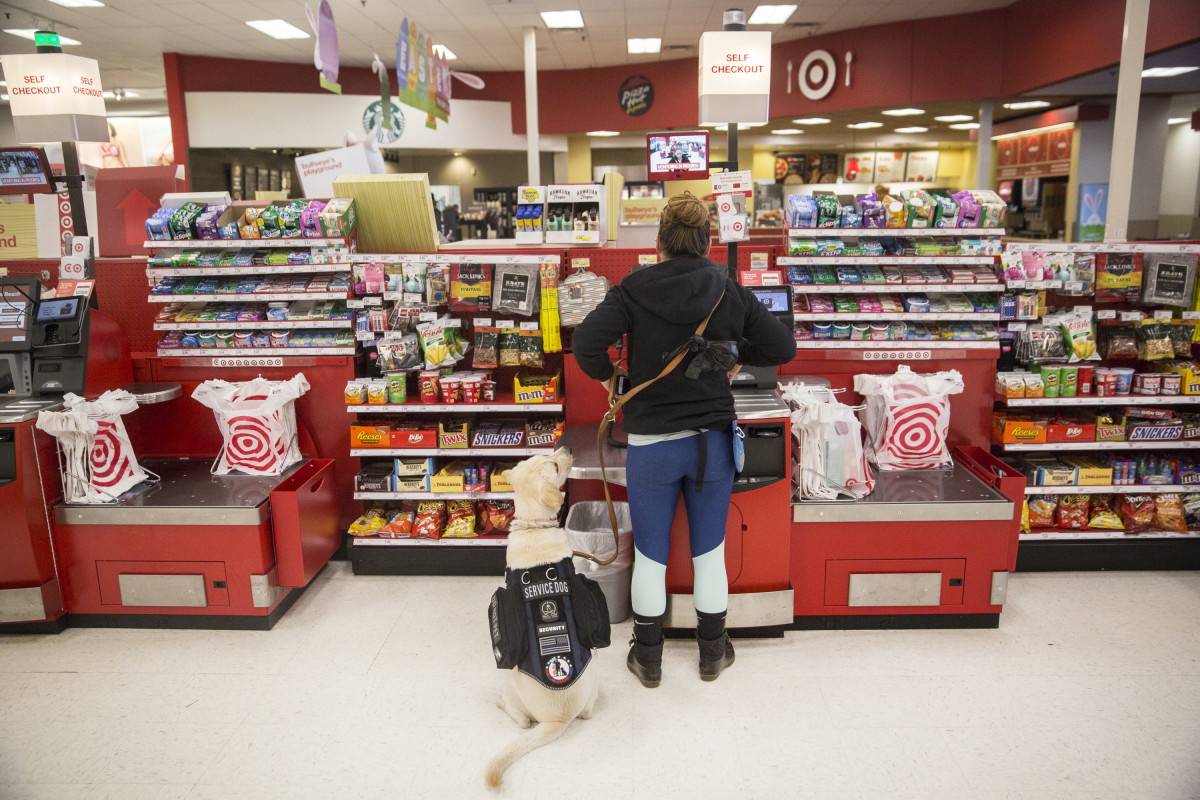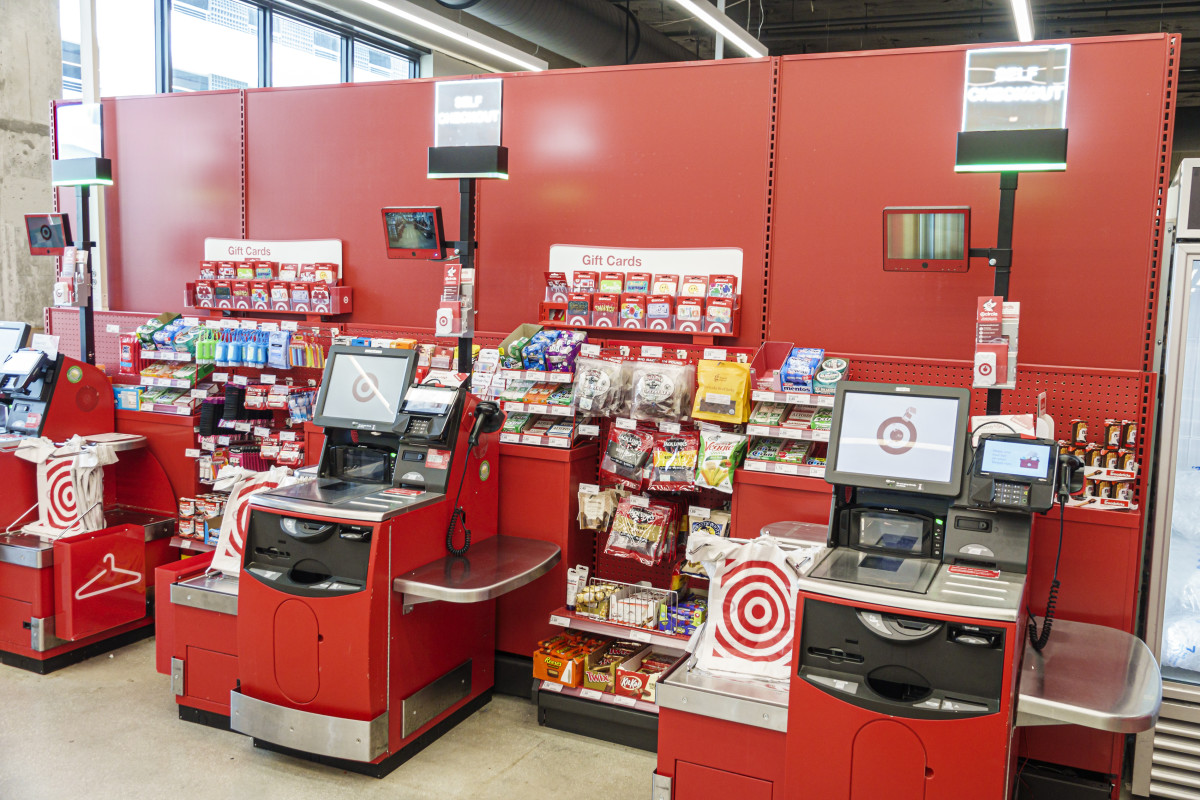
If you've popped into a big-box retailer or grocery store recently, chances are you've encountered a couple of changes.
One of the most noticeable ones is probably a lot of newly reserved parking spaces, not for expectant mothers or less-mobile customers but rather for drive-up or pickup customers, who had paid for their goods and preferred to procure them at the entrance.
Related: TJ Maxx and Marshalls follow Costco and Target on upcoming closures
It's a convenient new feature that's largely a legacy of the pandemic, when more folks preferred to order ahead to save time and limit exposure to the outside world.
You might also notice more stores within stores, as is increasingly the case at places like Kohl's (KSS) and Target (TGT) , which have begun featuring popular shops like Sephora and Ulta (ULTA) respectively within the confines of their brick-and-mortar shops.
This makes for a more convenient shopping experience and is good business for both the customer and the host shops, as customers tend to linger for longer and pick up things they might not otherwise, simply because the products are there.
Both the above features are largely newfound conveniences that have become a part of our 2020s shopping experience. But this decade has also brought us some less savory retail features, like an uptick in inventory shrink, the industry term for loss of merchandise to theft.
During first-half 2023 shoplifting incidents across 24 major U.S. cities increased by 16% compared with first-half 2019, according to the Council on Criminal Justice. Unsurprisingly, retailers are taking measures to stanch the losses.
Target changes a key policy
An increase in inventory shrink put many big-box stores at odds with self-checkout kiosks, which popped up in greater numbers thanks to employee attrition rates.
Many self-checkout kiosks are notoriously permeable, enabling shoppers to ring up pricey items at the cost of less expensive ones or to neglect scanning them altogether.
Stores with self-checkout report a loss rate of about 4%, about twice the national average.
And many honest customers lament the increase in self-checkout kiosks because ringing and bagging a cart full of items can prove time-consuming, inconvenient and difficult given the finicky tech.

Because theft hasn't mitigated and customers remain outspoken about their difficulties with self-checkout kiosks, retailers have grappled with new ways to keep purchases flowing efficiently.
Walmart (WMT) , for one, has experimented with removing or reducing self-checkout centers at varying locations. Safeway has kept its self-checkout kiosks but heavily guards them behind receipt scanners and barriers, preventing thieves from quickly absconding with high-value goods.
And now Target is limiting its self checkout kiosks to customers with 10 items or fewer, according to a policy change. The policy will go into effect beginning March 17 at every Target location in the U.S. Target currently operates about 2,000 stores nationwide.
During busy periods, Target says, it will open more checkout lanes staffed by employees to help keep the checkout process moving, an effort that should benefit customers who enjoy the legacy checkout process.
Store managers will also be able to open and close self-checkout lanes, or staff them with more employees, based on busy periods and other needs. Target says it will also invest more money and resources into training employees to keep the checkout process moving as efficiently and enjoyable as possible.
The 10-items-or-fewer self-checkout policy had been a part of a pilot program Target executed this fall at 200 stores. The retailer said it cut checkout time in half and ostensibly saved the retailer money by reducing theft.







